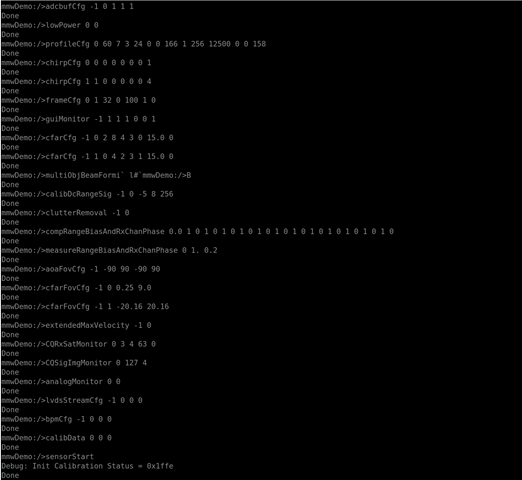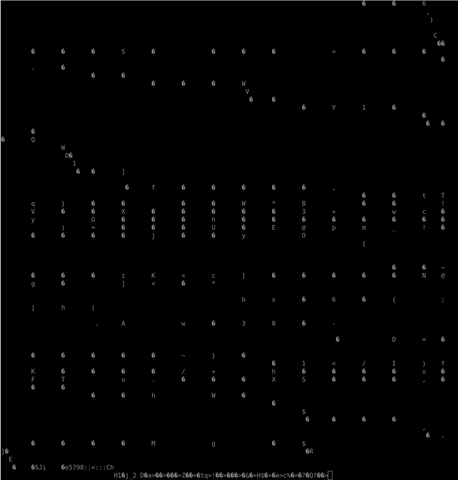Other Parts Discussed in Thread: UNIFLASH
Hi all,
I flashed the 68xx_mmwave_sdk_hcc demo from the mmwave industrial toolbox (ver 4.7) on my IWR6843AOPEVM board and I am trying to read from the data port using a simple C program, but so far failing to find the magic word of the message header. I believe I'm using wrong UART settings on my Linux machine (Ubuntu 20.04), but can't seem to find the exact UART settings one needs to successfully read from the data port of the IWR6843AOPEVM.
Here is my C Code to initialize the UART connection to the IWR6843AOPEVM:
Any suggestions on what I might be doing wrong or missing?




